As Khareef slowly departs Dhofar taking along with it mist and rains, the governorate is all set to welcome the spring season or Al Sarb when flower blooms scatter colours over the green carpet.
Sky is clear of clouds, rain takes a break, the sea is calm and the sun shines with warm light to add golden glow to the green plains that extend to wide horizons. It is another excuse to visit the governorate
Every year, the people of Dhofar receive this season with joy and optimism. Some welcome the season by chanting traditional songs such as ‘Al Haboot’ and performing ‘Masher’. They believe ‘Al Sarb’ copiously brings crops, fruits, vegetables, milk and fish. The season has its own rituals and activities for various traditional professions.
The season heralds Al Dawaghi, when fishers cast net for sardines using traditional methods. These sardines are dried and used as livestock feed. For fishermen, the calmness of the sea gives them the golden opportunity to catch fish, shrimp, lobster and other marine products.
Al Dawaghi means a group of fishermen whose numbers range between 20 and 50 who work collectively in catching sardines and sharing its sale proceeds on the basis of traditional rules. Every year, the team leaders decide the day on which the trip to the sea will begin. The day is called Al Fath, which is the starting day of Al Dawaghi.
For farmers, Al Sarb is the time to harvest cucumbers, corn and beans. It is also the best time to get ghee from the milk of cows, which feast on the fresh grass and herbs on green pastures. The milk is in great demand and fetches good prices for dairy farmers.
The season also rolls out green carpet for the camels and herders who descend to the plains for the annual journey or Al Khatlah. The roads, beaches and slopes of Salalah and adjoining areas will be flooded with camels from Wadi Nahiz, Wadi Darbat, Wadi Ghaydat, and other areas.
The camels are accompanied on their journey by herdsmen on four wheel vehicles or pick-ups. The journey lasts for about a month, during which these herds move from one place to another in search of fodder. The plains and mountains of the governorate provide pastures for approximately 74 per cent of the cows and 71 per cent of the camels in the Sultanate.



